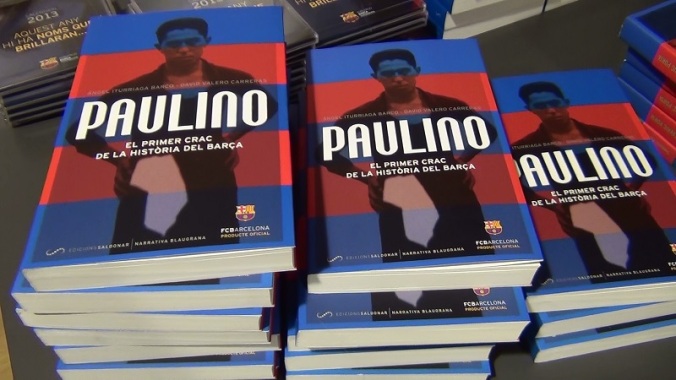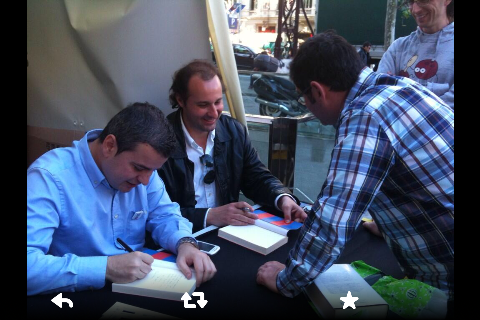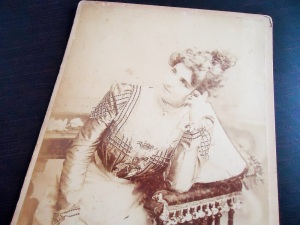SPAIN – Artifacts from the Philippines are included in the permanent collection of the newly opened Museum of World Cultures in Barcelona, Spain.
The Museu de les Cultures del Mon (in Catalan), which opened in February, holds a collection of artifacts from four continents—Africa, Oceania, the Americas, and Asia.
On display in the Philippine section are 19th century Bulul, figures believed by the Ifugaos to protect rice fields and bring abundant harvest, Kalinga’s war shield kalasag, objects of daily use such as spoons and accessories from Isabela and Bontoc, karaban or a bamboo quiver that holds darts from Palawan, mamaan or betel nut boxes from Lanao, and 6th century burial urns from Sultan Kudarat.
These are one of the oldest collections the City Council of Barcelona has according to the Museum’s technical director Quim Vicente.
A part of it was brought to Spain during the Barcelona Universal Exposition of 1888 and some were donated by Folch Archaeological Foundation.
Barcelona-based Filipino resident Joel Sibay was surprised to see a Filipino collection in the museum.
“Maganda yung mga koleksyon natin na tinatangkilik sa ibang bansa at malaking bagay sa atin yan,” Sibay said.
Neighboring country Indonesia also has their Wayang Kulit marionettes on display.
Masks of all shapes and sizes from Africa, towering spirit figures bisj from Papua New Guinea, one of the few remaining pieces of fasting Buddha Gandhara, and a figure from Mexico that represents sports and human sacrifice are among the museum pieces that can also be seen inside.
With the help of interactive maps, more can be learned about the traditions and beliefs behind the collections.
“I really like the museum. I didn’t know what I was going to find and I’m very impressed. It’s very well organized. The figures, the little sculptures I think are very, very nice. I’m learning a lot,” museum visitor Marta Perez said.
The museum, housed by renovated medieval mansions Palau Nadal I del Marquès de Llió, can be found at the city’s Gothic Quarter right in front of the popular Picasso Museum. It used to be the location of Barbier-Mueller Pre-Columbian Art and Design museums. Daniel Infante Tuaño, ABS-CBNnews.com
Watch the related TV report aired on Balitang Global, TFC, ABS-CBN:
















